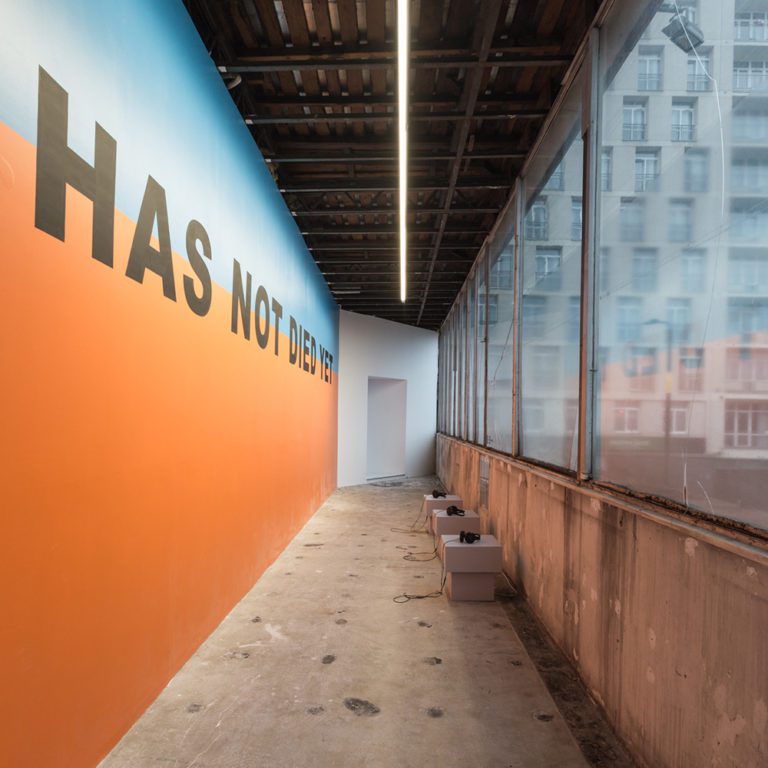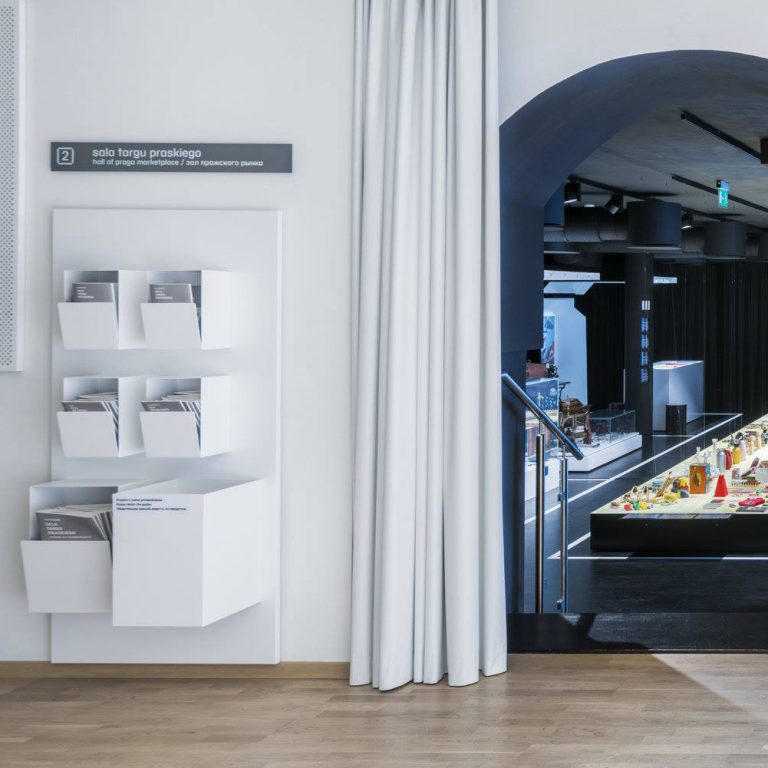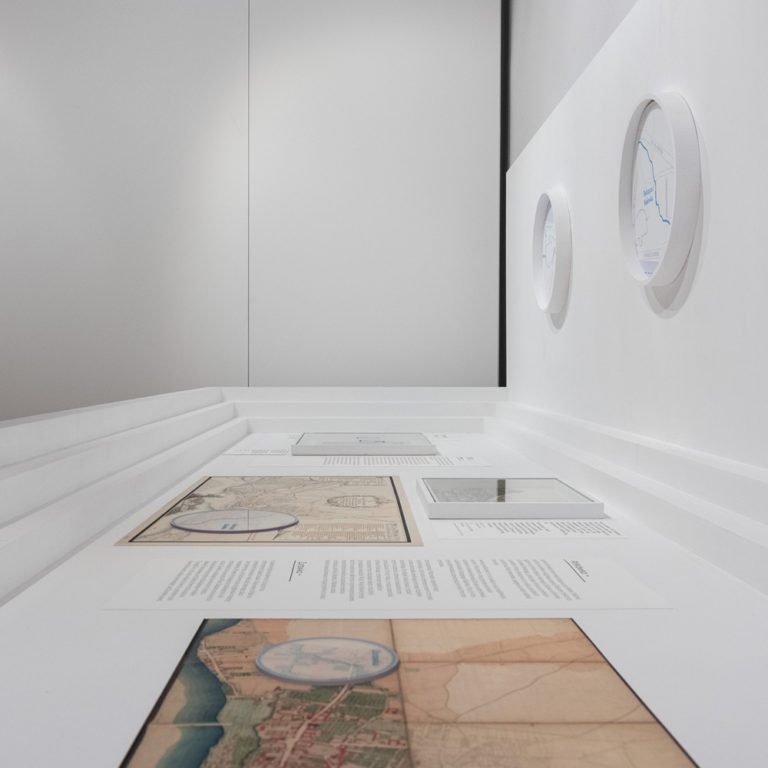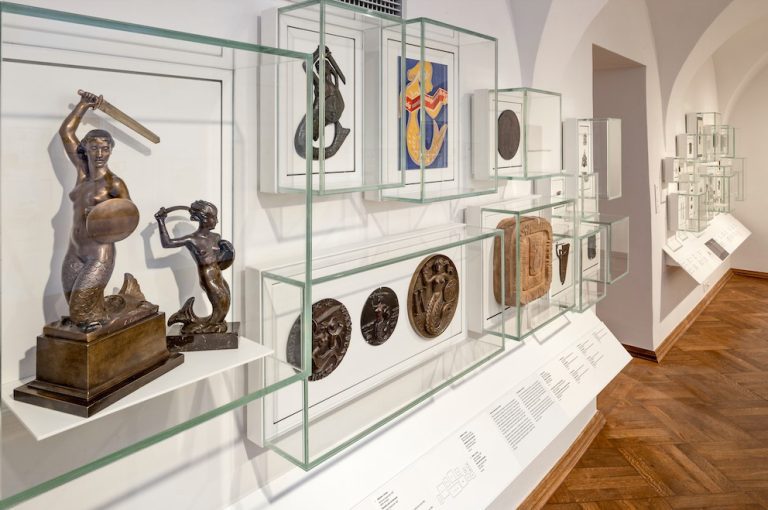
Scena: Сцена
leading architect:
Tomasz Świetlik
\
project director: Kuba Snopek
production: Andrii Palash, Kateryna Rusetska
architect: Jens Pedersen, Kamil Szołtysek, Riccardo Mariano
landscape architect: Katarzyna Dorda, Denys Meshcheriakov
context analysis: Anastasiia Tymchenko
coordination: Evhen Borysenko, Mariia Yarchuk
realisation: Dmytro Taraba
research: Artem Ilyschenko, Monika Pietrosian, Petro Vladimirov, Kasia Pabich, Anastasiia Skvarniuk, Maja Balwierz
graphic design: Danil Daneliuk, Tetiana Kovtun
video production: Lera Malchenko, Oleksandr Hants
construction: Oleksii Drubych, Dmytro Driaiev, Valerii Boiko, Vlad Radionov, Mykola Foshchii, Kostiantyn Podobyed, Hanna Zayikina, Ivan Maslennikov, Oleksandra Bilyayeva, Violetta Kim, Oleksandra Lukjanenko, Nadiia Koval, Oleksii Envald, Yurii Fomenko, Vlad Lemm, Valerii Kasyanenko, Kseniya Foshchii, Mitya Churikov, Mariia Dukarecz, Tymur Niyazov, Oleksandr Kotsiuruba, Yevhen Ragulin, Kostiantyn Cholovskyi, Dmytro Reshetov, Steph Franck, Thomas Dumke, Yevheniia Klunko, Yuri Birte Anderson, Yevheniia Morozova, Hanna Volodina, Viacheslav Koliesnikov, Reveka Ryzhykova, Kyrylo Kholopkin, Dasha Mashukova, Illia Reshetov, Viacheslav Ivankov, Viktoriia Rudiuk, Andrii Khomutov, Yuliya Ovcharenko, Bogdan Moovin, Evgen Goncharov, Stanislav Pivonos, Georgiy Apahov, Yulia Apahova, Larisa Shevchenko, Mariia Vynarska
Tomasz Świetlik
\
project director: Kuba Snopek
production: Andrii Palash, Kateryna Rusetska
architect: Jens Pedersen, Kamil Szołtysek, Riccardo Mariano
landscape architect: Katarzyna Dorda, Denys Meshcheriakov
context analysis: Anastasiia Tymchenko
coordination: Evhen Borysenko, Mariia Yarchuk
realisation: Dmytro Taraba
research: Artem Ilyschenko, Monika Pietrosian, Petro Vladimirov, Kasia Pabich, Anastasiia Skvarniuk, Maja Balwierz
graphic design: Danil Daneliuk, Tetiana Kovtun
video production: Lera Malchenko, Oleksandr Hants
construction: Oleksii Drubych, Dmytro Driaiev, Valerii Boiko, Vlad Radionov, Mykola Foshchii, Kostiantyn Podobyed, Hanna Zayikina, Ivan Maslennikov, Oleksandra Bilyayeva, Violetta Kim, Oleksandra Lukjanenko, Nadiia Koval, Oleksii Envald, Yurii Fomenko, Vlad Lemm, Valerii Kasyanenko, Kseniya Foshchii, Mitya Churikov, Mariia Dukarecz, Tymur Niyazov, Oleksandr Kotsiuruba, Yevhen Ragulin, Kostiantyn Cholovskyi, Dmytro Reshetov, Steph Franck, Thomas Dumke, Yevheniia Klunko, Yuri Birte Anderson, Yevheniia Morozova, Hanna Volodina, Viacheslav Koliesnikov, Reveka Ryzhykova, Kyrylo Kholopkin, Dasha Mashukova, Illia Reshetov, Viacheslav Ivankov, Viktoriia Rudiuk, Andrii Khomutov, Yuliya Ovcharenko, Bogdan Moovin, Evgen Goncharov, Stanislav Pivonos, Georgiy Apahov, Yulia Apahova, Larisa Shevchenko, Mariia Vynarska
client: Dnipro community, Kultura Medialna NGO
2017
Ukraine, Dnipro, Shevchenko Park
The European Prize for Urban Public Space 2018: honorable mention
Mies van der Rohe Award 2019: nominee
2017
Ukraine, Dnipro, Shevchenko Park
The European Prize for Urban Public Space 2018: honorable mention
Mies van der Rohe Award 2019: nominee
Stage is a temporary multifunctional pavilion located in Dnipro, Ukraine. Stage has been created entirely by local residents and engaged individuals, utilizing crowdsourcing and crowdfunding. Its purpose is to meet the needs of dozens of artists, dancers, performers, and musicians who contribute to the dynamic cultural mosaic that emerged after the Euromaidan revolution. Anyone can organize their own events here.
The design of Stage is contextual. It was built on the site of a former stalinist theater that was destroyed during World War II. However, it does not turn away from this history but critically engages with it. It replaces the hierarchical, propagandistic structure with an egalitarian space that transcends all divisions. Consequently, the pavilion has become a prototype for a new kind of accessible and grassroot public space.
The lightweight wooden structure of Stage aligns with the park's axis leading towards the Dnieper River, seamlessly blending with the landscape. Its long façade complements the amphitheater-like terrain, creating a cozy outdoor space with excellent acoustics. The location of the entrance blurs the boundaries between performers and the audience – unlike a traditional theater, the entrance leads onto the stage, not the seating area. The pavilion consists of a large screen, backstage facilities, and a lounge area with a view of the river. At its upper part, there is an enormous acoustic tube that amplifies sound without using electricity. The architecture is complemented by greenery provided by the city's botanical garden.
Stage received Special Mention in the 2018 European Prize for Urban Public Space. It has been nominated for the Mies van der Rohe Award 2019, and shortlisted for the Archdaily and Strelka Award 2019.


